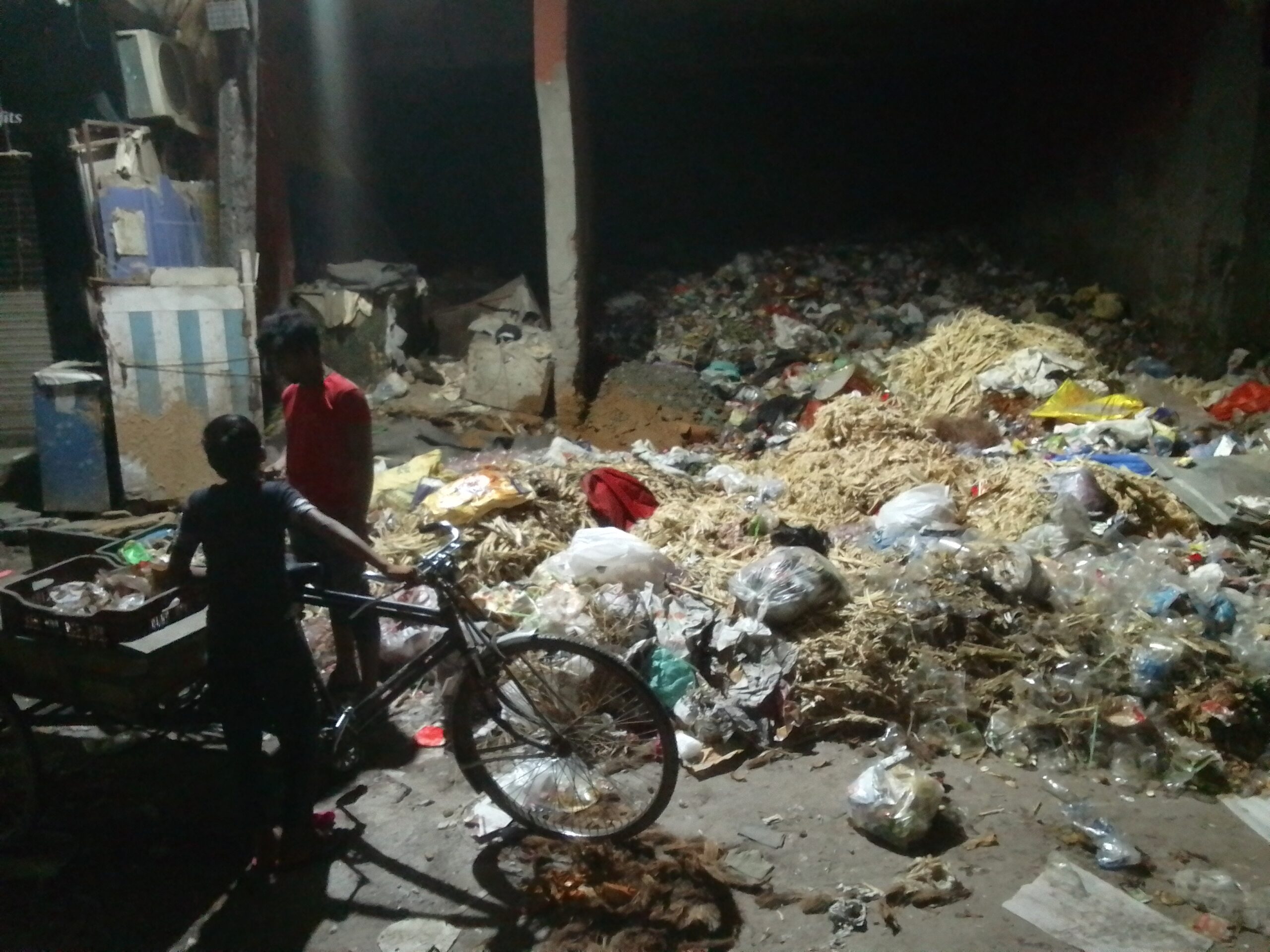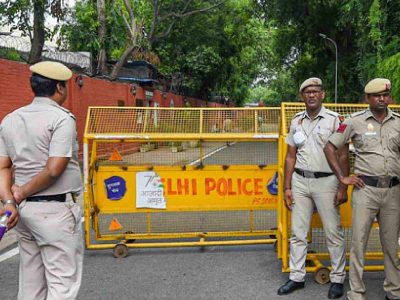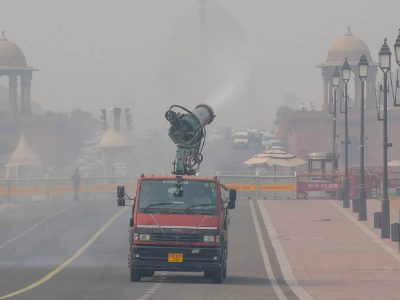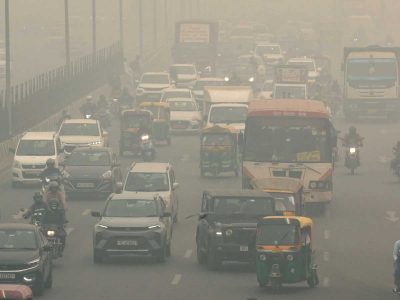On a very hot day in south Delhi’s Jamia Nagar area, a 10-year-old barefoot child was selling ball-point pens with his younger brother.
His father is handicapped and unable to earn while his mother works as a domestic help in kothis (bungalows).
“I earn around 100 rupees a day while my other two brothers earn the same. We give it to our mother, who works in kothis. We are collecting money for the train fare because we need to go to our ancestral village in Uttar Pradesh. Surviving will be tough for us without doing this. Next year, our eldest brother will work and both of us younger ones will go to school. He also works here,” said the boy, who lives in a slum nearby.
Even though child labour is illegal in India and despite the Indian government initiating several welfare schemes for children, many states in the country, including Delhi, are showing drastic increase in employment of children.
After the Covid-19 pandemic, more families have plunged into poverty, forcing millions of children into child labour. Schemes don’t seem to be working on the ground.
June 12 (today) is recognised as the World Day Against Child Labour. The theme for the 21st World Day Against Child Labour this year is ‘Social Justice for All. End Child Labour!’.
Despite the theme emphasising on the link between social justice and child labour, millions of children in India’s Capital are not only unaware of their rights but still working in very inhuman conditions.
Supporting family the only option
A 15-year-old boy, who drives e-rickshaws in and around Okhla to support his family, says he has to work to help his ailing father.
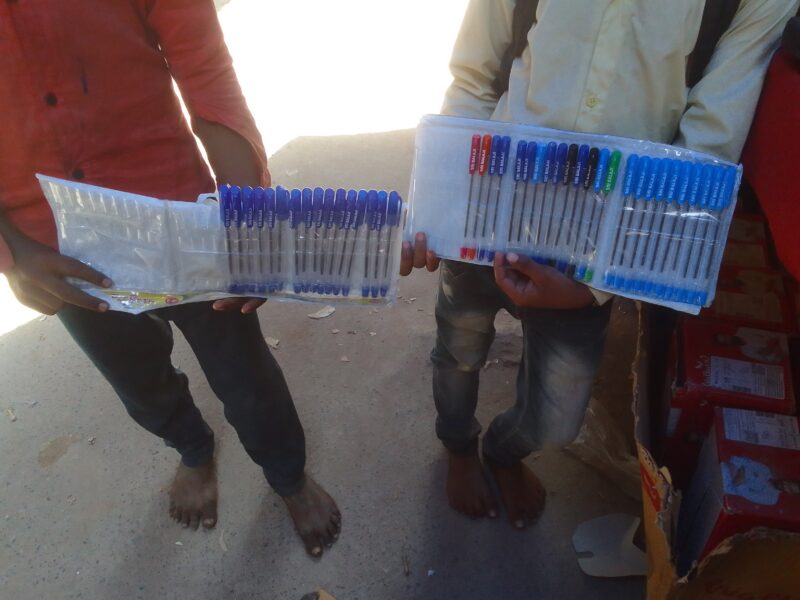
“My father used to drive e-rickshaw in Noida. But he is ill and in serious condition now. A lot of money has been spent on his treatment. I have sent him to my hometown in Bihar. Now I do it for the family’s five members and manage to earn around Rs 500 a day,” he told Patriot.
“My elder brother is working in Mumbai. After the age of 18, I too will go there and work. I can’t go now because their rules are strict and police arrests workers below 18 years of age. I am working for the family on compulsion.”
Many factors, including poverty, lack of work opportunities for adults and the pandemic, come together to create conditions conducive to child labour. These factors are not only the cause but also the consequence of social inequities reinforced by discrimination.
Most restaurant or dhaba owners give strict directions to child workers to not disclose any information to outsiders. They generally call the owner their relative.
Patriot tried to speak to some children working in various dhabas (eateries) in Delhi.
One of them initially admitted that he works for more than 12 hours and gets Rs 7,000 with food and shelter. A while later, however, he said that the owner is his brother-in-law and he is only helping him.
The same happened in a tea shop where a boy, barely 10 years old, revealed that he works for more than 12 hours.
Although the actual number of child labourers in India is tough to estimate, according to an International Labour Organization (ILO) report titled ‘Child Labour in South Asia’, India has the largest number of child labourers in the world. In absolute terms, child labour in the 5-17 age group is highest in India at 5.8 million.
Another 12-year-old, who lives with his mother in the Khadar area, was working as a ragpicker. He was collecting garbage with his grandmother.
“I do it as a necessity. By doing this, I will collect some money and then will start my studies in my hometown,” he told Patriot.
Children, born in poor families, are being used as domestic labour in cities. They work in the worst environment possible. These children often work without wages and sometimes even food and shelter. There are cases where such children have been physically and sexually abused.
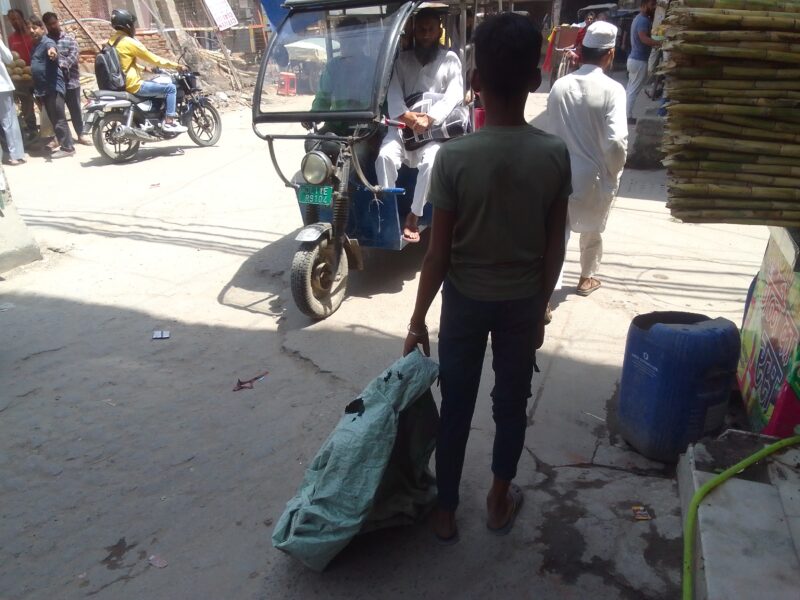
A 7-year-old child admitted that he works only because he wants to support his mother.
Strict laws in India
The Child Labour Amendment (Prohibition and Regulation) Act of 2016 made some strict rules regarding child labour. It prohibited a child below the age of 14 from working as domestic or service staff in hotels.
Article 2314 of the Indian Constitution also prohibits trafficking in human beings and forced labour. Article 2415 prohibits the employment of children in factories. It says that no child below the age of 14 years shall be employed in any factory or mine or engaged in any other hazardous employment.
According to the official website of the United Nations, approximately 160 million children are involved in child labour worldwide. It represents one in every 10 children. Since these estimates have been made using the 2011 census, the last to be taken in the country, the actual number could be higher.
A 14-year-old collects garbage daily from around 250 houses in Okhla with his father. He has been doing this since the age of 11.
“We pay Rs 8,500 monthly to the thekedar (middleman). Many times, we have to bear the loss. Since many tenants left their flats last month, we got less money as the work was less. Even during the lockdown period, he didn’t give us any safety equipment except masks. Even if this cart which we use breaks down, we repair it ourselves. After two or three months, I will leave it and return to my hometown in Dhubri, Assam,” he told Patriot.
“We don’t get ration, because we have no documents and no NGO comes here to support us for education and other activities.”
The Delhi Commission for Protection of Child Rights (DCPCR) was constituted under the Commission for Protection of Child Rights (CPCR) Act, 2005. It is the statutory watchdog of the Government of Delhi on matters of child rights. There are 10 Child Welfare Committees (CWC) in Delhi.
Patriot talked to North-West district CWC chairperson Rita Singh, who said, “We find during rescue that the children belong to EWS (Economically Weaker Section) families. A child is usually emotionally connected to his family, so he wants to support it in dire times. But the businesses should not support child labour. But they do, because, if they hire an adult, they will have to pay more compared to what they pay to minors. Also, it is easy to exploit minors. Because of lack of money, the minor loses his childhood and starts to earn.”
Child trafficking prevails
Trafficking is one of the biggest reasons behind child labour.
Rita explained, “Because we can’t rescue them forcefully, we try to appeal to the parents’ conscience, tell them about the demerits of it like loss of education. The CWC is running an awareness programme. First of all, we do counselling for rescued children and parents. We tell parents about free education till 14 years under the right to education scheme. We ask them to send their children to school and coordinate with the education department on this. If a child is around 17-18, then we direct them to NGOs (non-governmental organisations) engaged in the development of skills. We try to make children, who dropped out of school, return to school. Children addicted to drugs are sent for rehabilitation. We make their legal documents such as Aadhar, birth certificate among others, so that he does not face any difficulties in future. We also try to use the money, which they earned while working as child labour, properly.”
Child labour is one of the biggest hurdles on India’s road to development.
Child labourers can be found in a variety of industries like carpet weaving, garment making, domestic service, food and tea stalls, fisheries and mining. Children are also at risk of various other forms of exploitation including sexual exploitation and being part of child pornography.
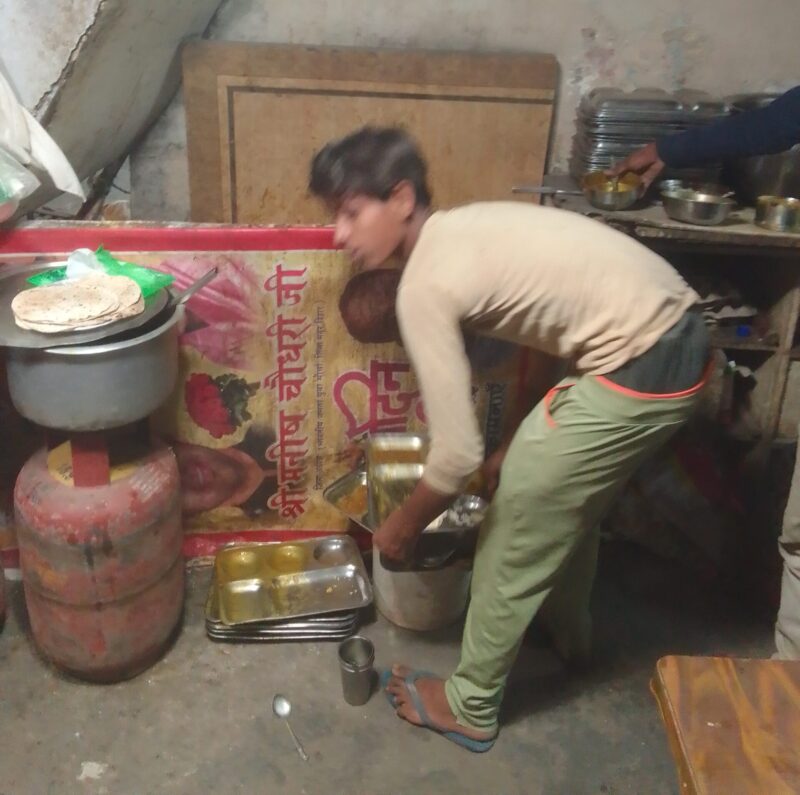
“The phenomenon of child labour is still increasing. Many NGOs in Delhi are working on the issue but without clear results. This is because the NGOs are working on rescue, not as much on the rehabilitation of the child labourers, which is most important. The government is also responsible for this. At least they can connect the children with the welfare schemes. Now we are only running around [to rescue]. But we have no answer to what is happening after that,” Rita added.
Delhi Police, which is apprised of the rescue efforts and is part of them, is aware of several such endeavours. However, when Patriot contacted the Delhi Police PRO, he did not respond.
NGOs working on rescue
Sahyog is one of the many NGOs working towards rescuing child labourers.
Muhammad Mohtamim, a technical expert in Sahyog, and who has worked with CWC too, spoke on the NGO’s plan.
He said, “We work with children, women, old age people among others. We have more than 10 centres in the country. There are two parts to our work: child rescue and rehabilitation.”
Mohtamim says that they have a full rescue team, which first goes and keeps a vigil on factories. If the team confirms that there are children, then Sahyog lodges a complaint to SDM with reference of the High Court verdict. They then rescue.
“We have rescued more than 1,100 children in Delhi over the last 2-3 years. Most of the children are from UP and Bihar, but some are from West Bengal, Chhattisgarh and Odisha too. They come in as unskilled labourers, so they should be getting minimum wages Rs 16,000 for a limited time (8 hours). But we have realised during our rescue efforts that this isn’t being followed by the factories.”
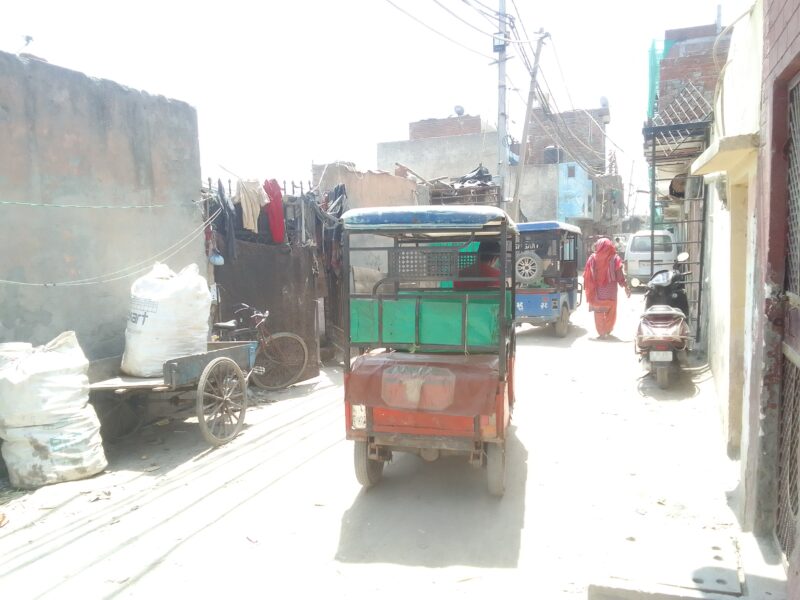
Mohtamim said further, “For rehabilitation, the government provides Rs 30,000 per child if he is a bonded labourer. But the classification depends on the police FIR — whether the complaint was filed as bonded labour. But we try it and have provided 400 children with this compensation besides the salary from the company. After this, we open their bank accounts and if they can restart their study, then we admit them in school or in the case of 16-year-olds, we admit them in any skill development course or scheme. According to our data, we connect 35-40% rescued children to school. But it needs more effort.”
Patriot also called up Delhi Women and Child Development Minister Atishi Marlena and National Commission for Protection of Child Rights (NCPCR) chairman, Priyank Kanoongo, but both did not respond.

